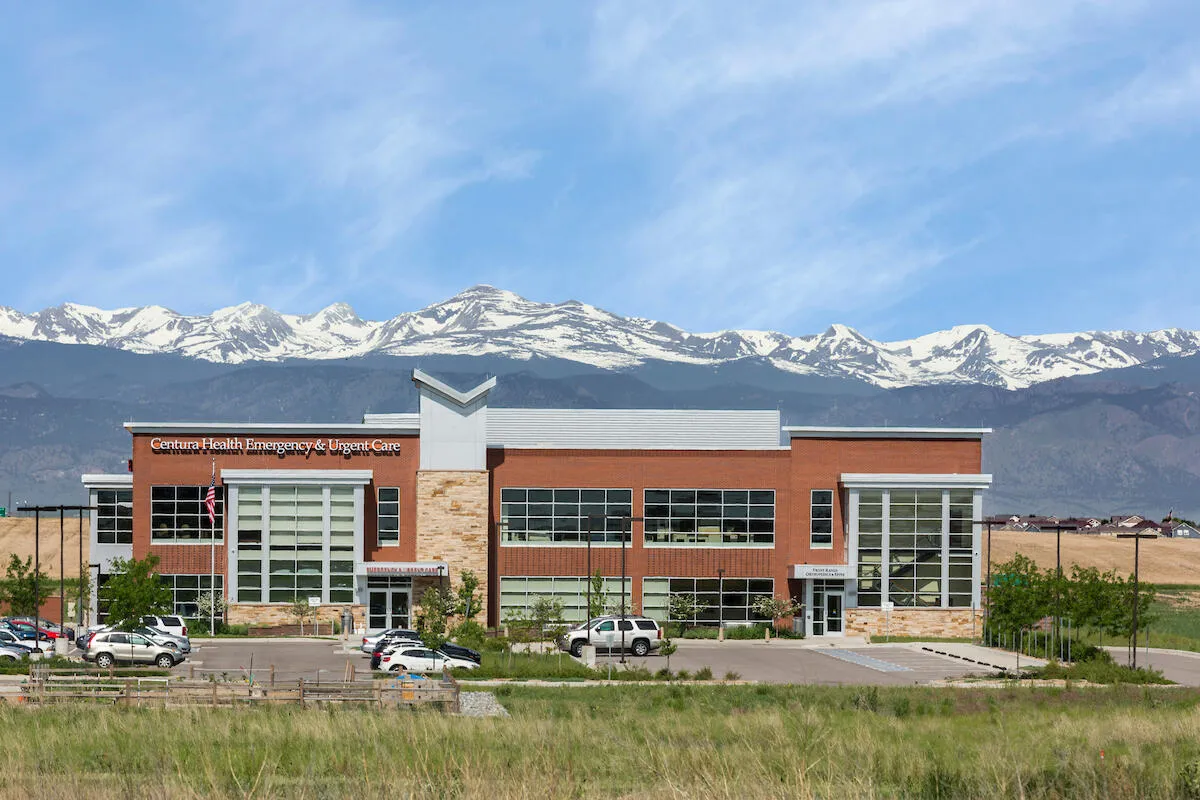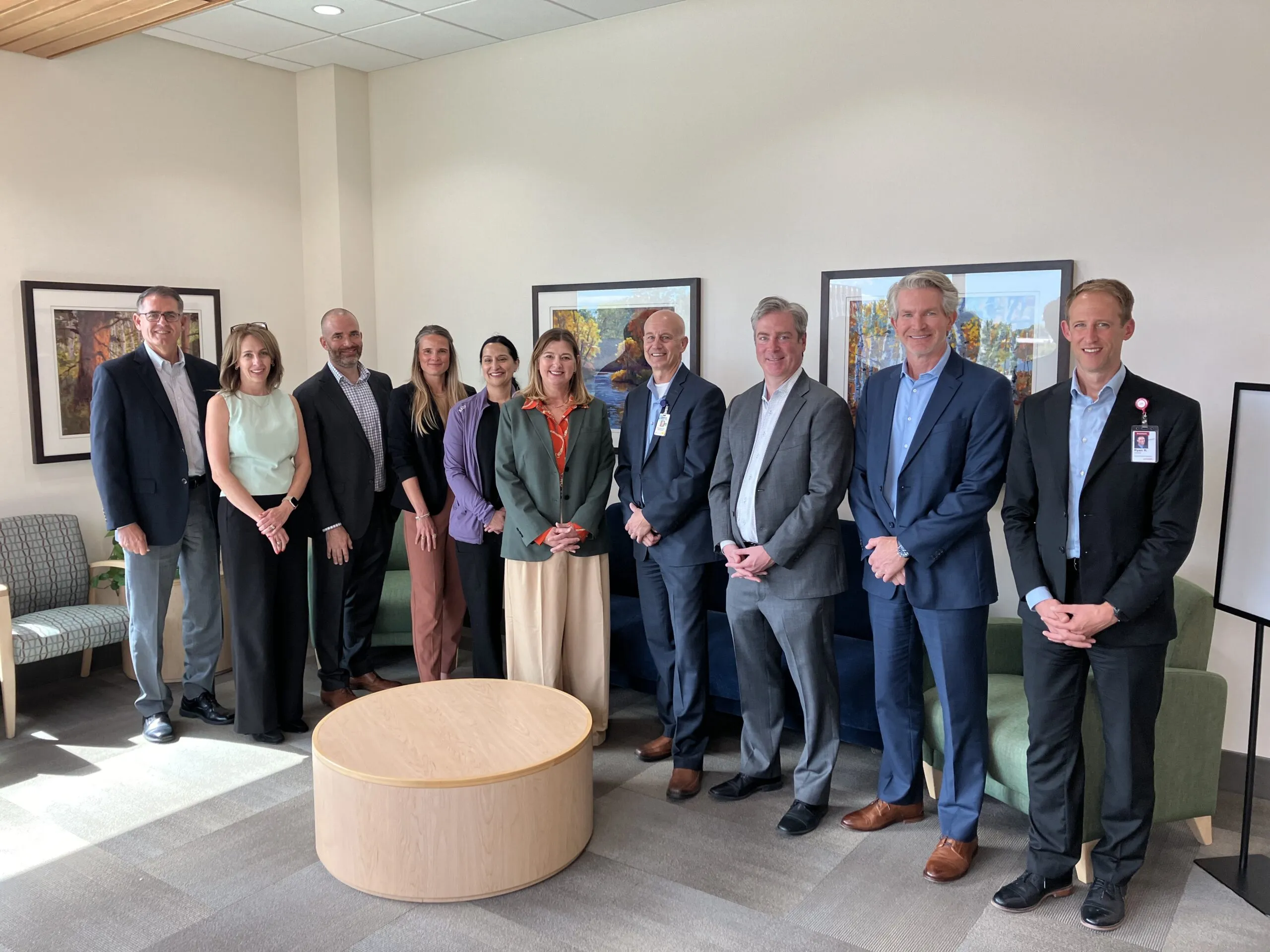Hospice Care: What It Is and When It’s Time
Contrary to widely held misconception, hospice is not focused on death and dying. Yes, our patients and families are coping with a terminal diagnosis, but our purpose is helping those in our care to live life to the fullest every day they have left. Dame Cecily Saunders, founder of the modern hospice movement, said it best: “You matter because you are you, and you matter to the end of your life. We will do all the we can not only to help you die peacefully, but also to live until you die.”
Hospice is an interdisciplinary team-based coordinated care model for people facing a life-limiting illness. Hospice physicians, nurses, social workers, chaplains, certified nursing assistants, volunteers, and other support professionals embrace a holistic approach to caring for the patient and family’s medical, emotional, and spiritual needs. In addition to these services, hospice also covers medications related to comfort and quality of life as well as any necessary medical supplies and equipment. Our team works closely with the patient and family to develop a comprehensive plan of care, uniquely tailored to their specific needs and wishes.
Over 20 years working in hospice care, the most common complaint I have heard from families is, “I wish someone had spoken to us about hospice sooner.” If your loved one has a life-limiting illness and you see any of the following signs consider reaching out to hospice:
SPONSORED CONTENT
- frequent visits to the ER or hospital admissions
- a decline in their ability to perform daily tasks including eating, getting dressed, walking, or using the bathroom
- an increase in falls
- changes to their mental abilities
- progressive weight loss
- skin tears, infections, and other signs of deteriorating health
Regrettably, some patients who might have had many months of hospice services are not referred to hospice until days or even hours from death. While we can certainly row in at the eleventh hour and provide symptom management and support, patients and families in these circumstances miss out on the full richness of the hospice benefit. We are invited into people’s lives and homes at a very vulnerable and precious time. Hospice was not intended or designed as crisis intervention; our services have maximum impact when the care team, patient, and family have time to get to know each other.
Talk with your care team about options and let hospice meet with you and see what they can do to help. Even if the patient is not yet eligible for hospice they would likely benefit from palliative care, a consult service available much earlier in the disease process. Palliative care offers symptom management, emotional support, advance care planning, and facilitation of goals of care conversations, and palliative care patients can still concurrently receive aggressive, disease-modifying treatment.
Contrary to widely held misconception, hospice is not focused on death and dying. Yes, our patients and families are coping with a terminal diagnosis, but our purpose is helping those in our care to live life to the fullest every day they have left. Dame Cecily Saunders, founder of the modern hospice movement, said it best: “You matter because you are you, and you matter to the end of your life. We will do all the we can not only to help you die peacefully, but also to live until you die.”
Hospice is an interdisciplinary team-based coordinated care…




